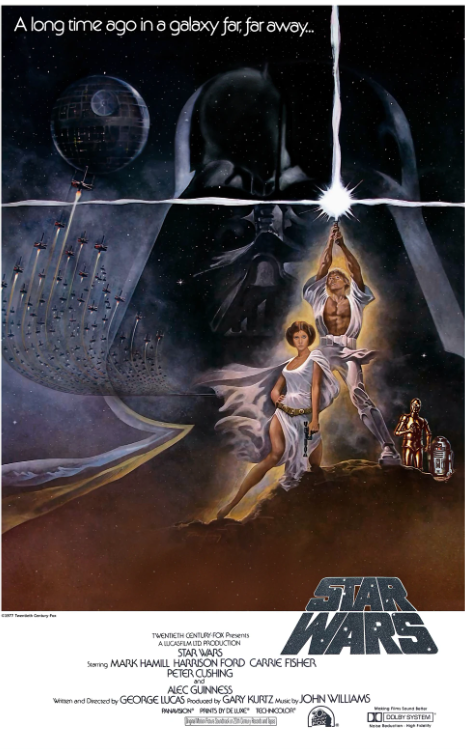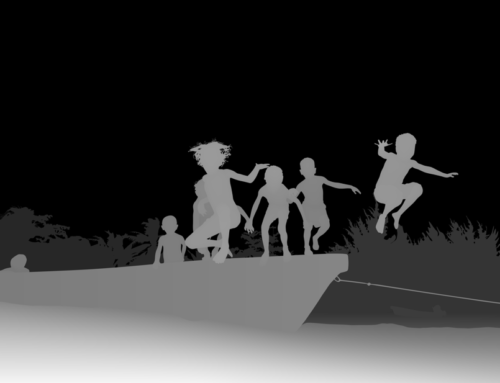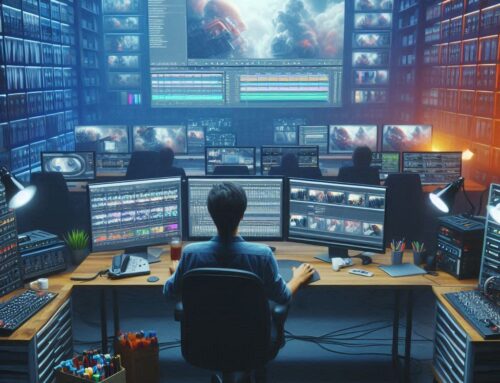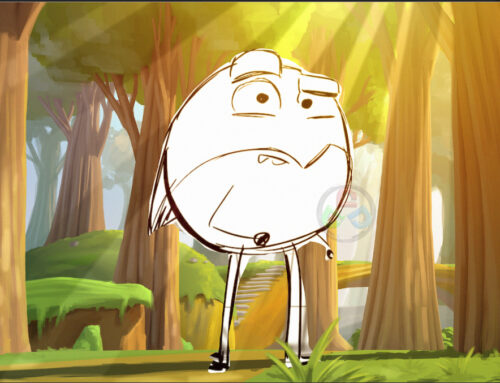Rotoscoping in visual effects stands as a cornerstone technique that has shaped the landscape of modern filmmaking. From its inception in the analog era to its evolution in the digital age, the art of rotoscoping has played a pivotal role in bringing fantastical worlds and extraordinary creatures to life on the silver screen. In this article, we’ll explore the rich history, innovative techniques, and transformative impact of rotoscoping in the realm of visual effects.
Origins of Rotoscoping in Visual Effects:

The roots of rotoscoping trace back to a pivotal moment in cinematic history—the creation of the iconic lightsaber duel in “Star Wars: Episode IV – A New Hope.” Visual effects supervisor Richard Edlund recognized the need for a new technique to achieve the glowing lightsaber effect, leading to the inception of rotoscoping as a vital tool for filmmakers seeking to push the boundaries of imagination.
Analog Era: Crafting Magic Frame by Frame
In the analog era, rotoscoping was a labor-intensive process performed manually, frame by frame. Artists meticulously traced over live-action footage to isolate elements and create mattes for compositing. Despite its painstaking nature, rotoscoping became a fundamental tool for achieving complex visual effects, from integrating CGI elements to enhancing practical effects. Films like “The Lord of the Rings” trilogy and “King Kong” showcased the intricate craftsmanship required to create seamless visual effects through optical rotoscoping.
Digital Revolution: Redefining Possibilities with Technology:
The advent of digital technology brought about a transformative shift in the art of rotoscoping. Pioneers like Magi Synthavision revolutionized the industry with the introduction of digital rotoscoping in “Tron,” paving the way for a new era of innovation and creativity in visual effects. Digital tools streamlined the rotoscoping process, offering greater precision and efficiency in achieving seamless compositing and visual effects integration.
The Four Pillars of Rotoscoping:
Rotoscoping serves several fundamental purposes in visual effects production according to
– Occlusion: Creating seamless interactions between CG elements, special effects, and live-action footage.
– Extraction: Isolating subjects from their backgrounds for compositing onto different plates or environments.
– Segmentation: Facilitating color correction, warping, and other post-production manipulations.
– Key Assist: Assisting in the creation of precise matte keys for compositing complex scenes.
These essential functions enable filmmakers to seamlessly integrate CGI elements, composite scenes, and achieve stunning visual effects.
Modern Innovations: Pushing the Boundaries of Creativity:
In today’s digital age, rotoscoping continues to evolve with the latest advancements in technology. Motion tracking, edge detection, and AI-driven solutions have revolutionized the process, offering filmmakers unprecedented control and efficiency in achieving their creative visions. These innovative tools empower filmmakers to streamline workflows, enhance efficiency, and unlock new possibilities in visual storytelling.
Conclusion: Embracing the Legacy of Rotoscoping in Visual Effects:
The journey of rotoscoping from its origins in analog craftsmanship to its digital transformation reflects the enduring legacy of this foundational technique in visual effects. As filmmakers continue to push the boundaries of creativity and imagination, roto remains an indispensable tool for bringing cinematic visions to life on the big screen. In an ever-evolving industry, the art of rotoscoping stands as a testament to the power of innovation and the enduring magic of visual storytelling.






